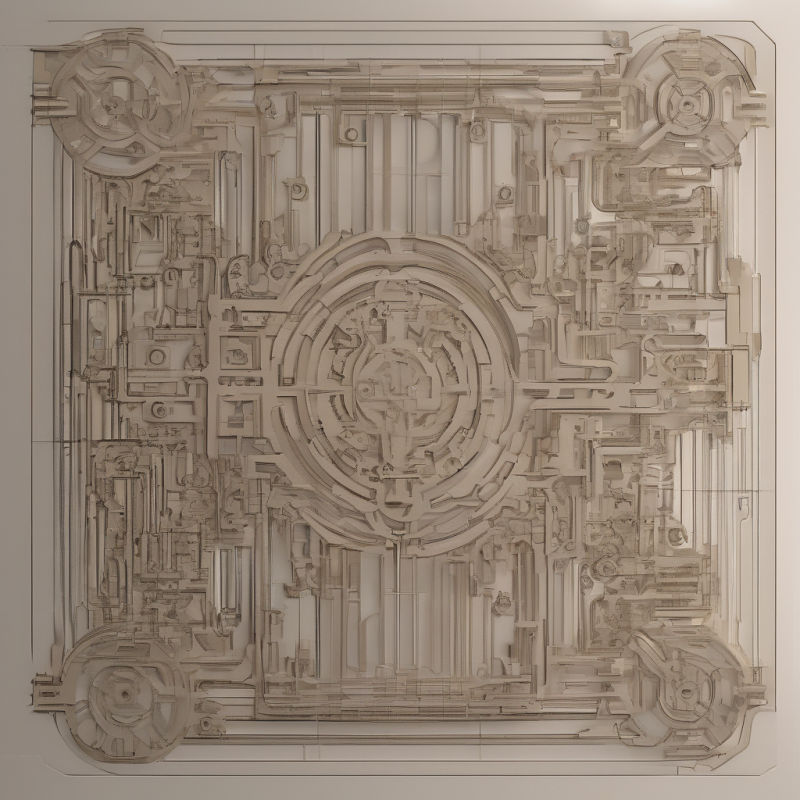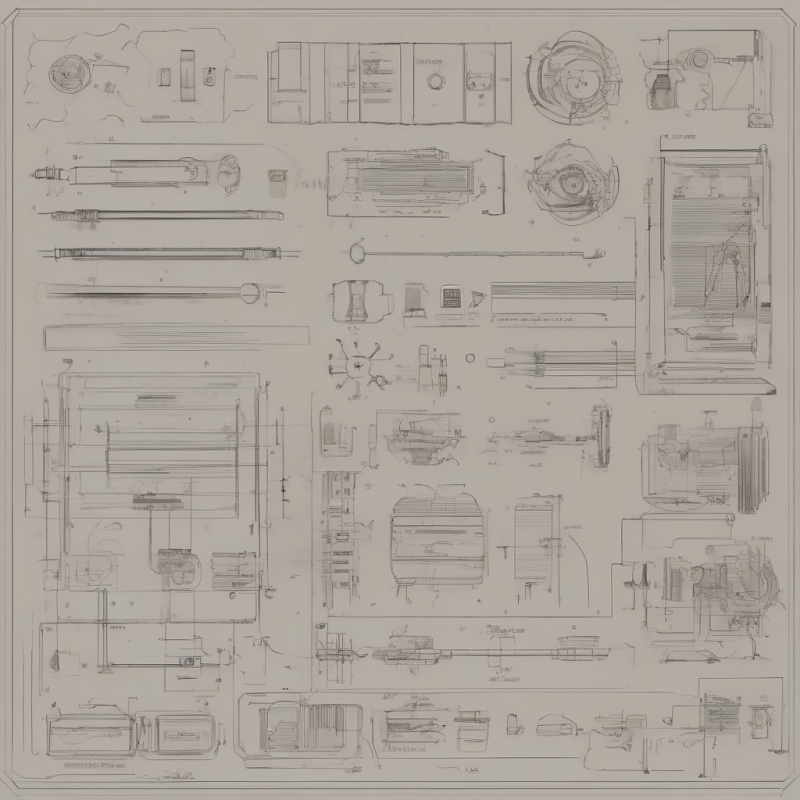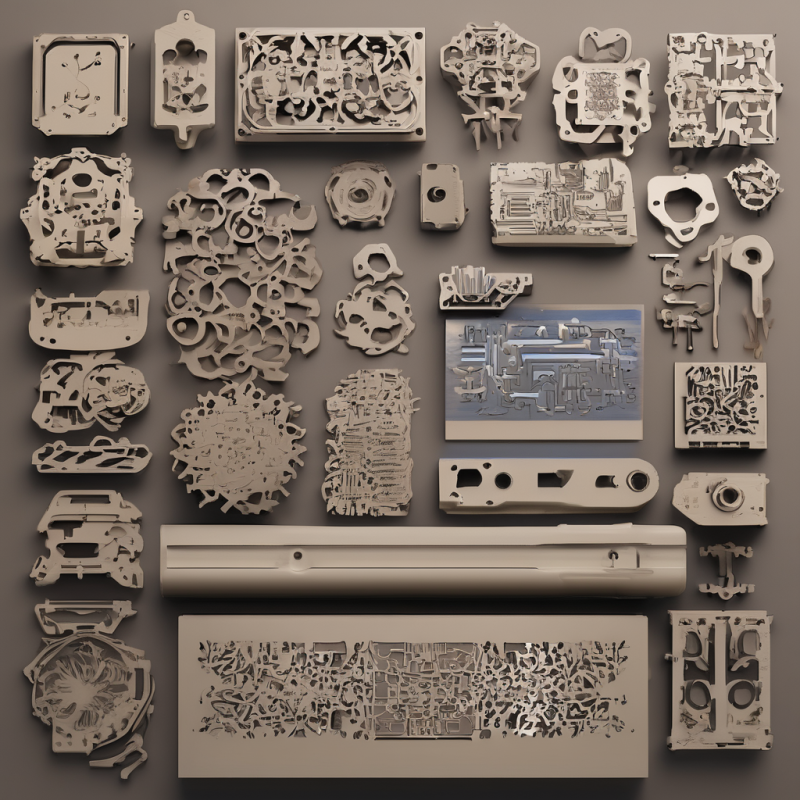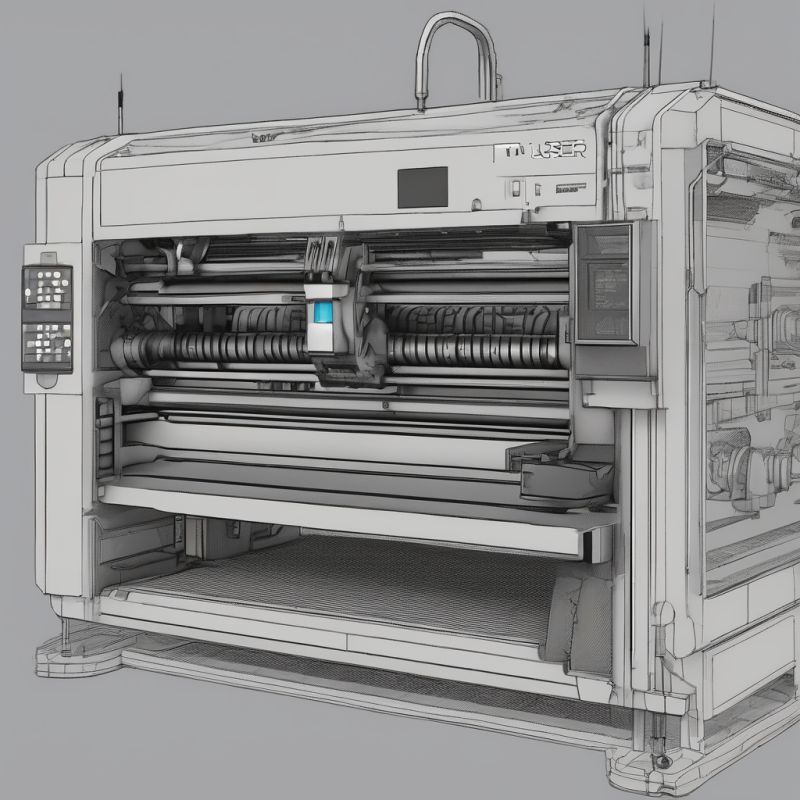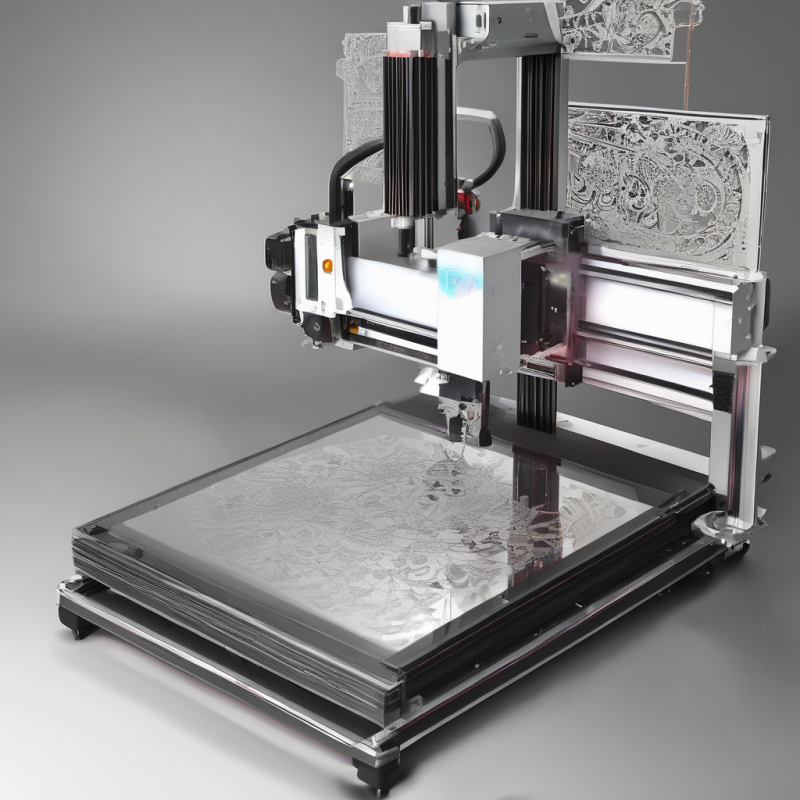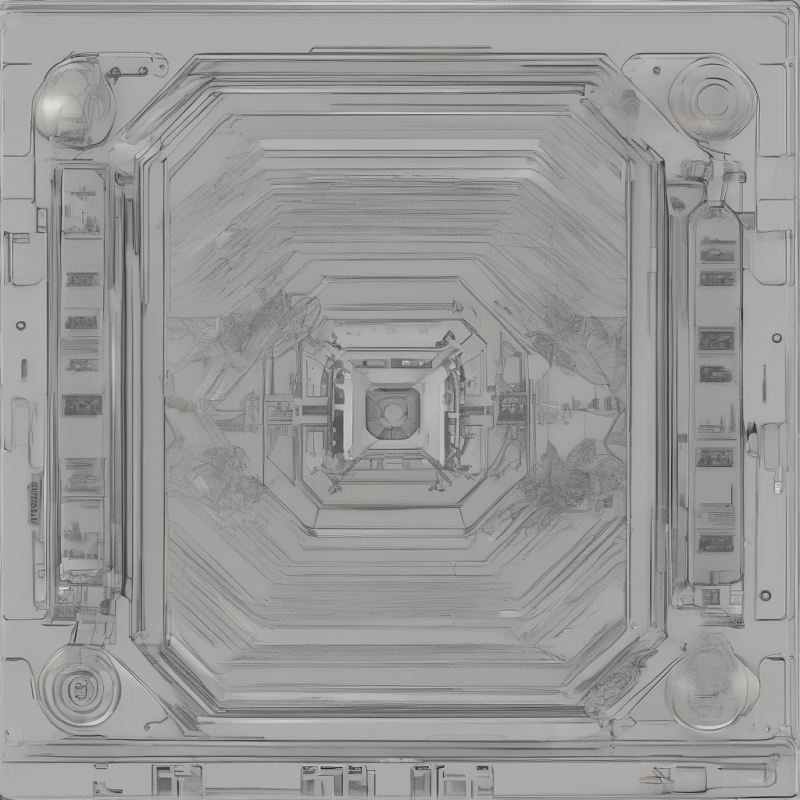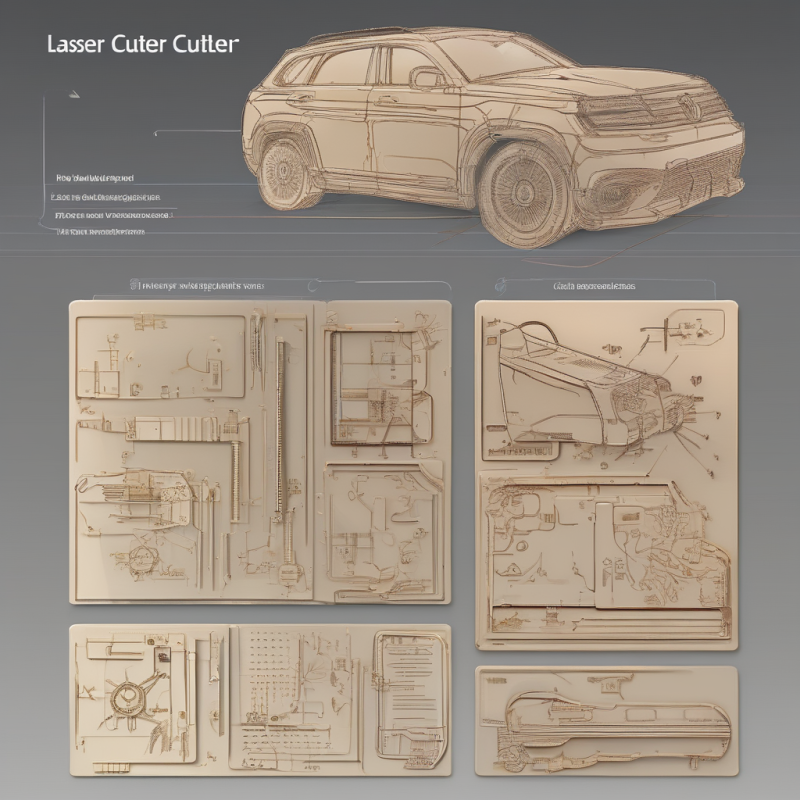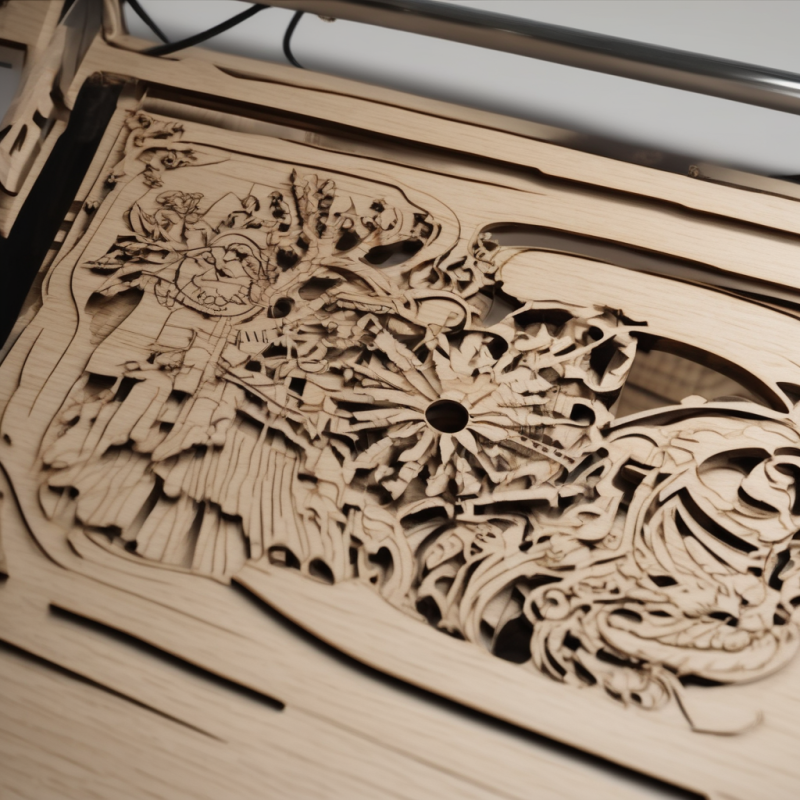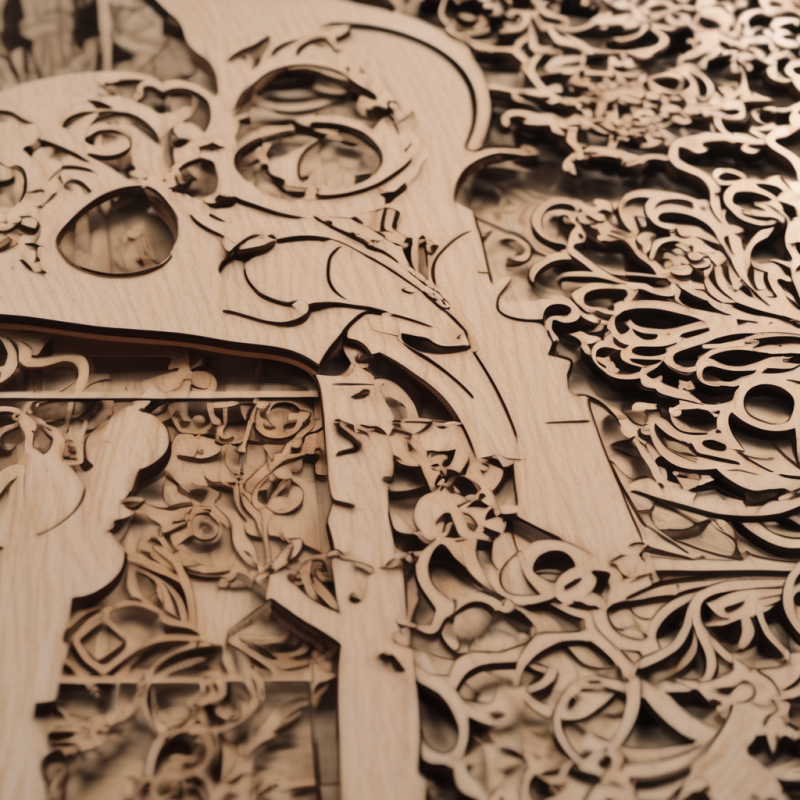The Ultimate Guide to Laser Engraving: Exploring the Handheld Laser Engraver
Laser engraving has revolutionized the way we create intricate designs, patterns, and text on various materials. With the advent of handheld laser engravers, this technology has become more accessible than ever before. In this article, we will dive into the world of laser engraver handheld devices, exploring their features, benefits, and potential applications. Whether you’re a hobbyist, a professional artist, or simply curious about this innovative tool, this guide has something for everyone.
What Is a Handheld Laser Engraver?
A laser engraver handheld is a portable device that uses laser technology to etch or engrave designs onto materials such as wood, metal, plastic, and stone. Unlike traditional engraving tools, which often require manual effort and precise control, laser engravers offer unparalleled precision and versatility. These devices are compact, lightweight, and easy to use, making them ideal for both small-scale projects and large-scale industrial applications.
The key component of a handheld laser engraver is the laser module, which emits a focused beam of light that vaporizes or burns the surface of the material being engraved. The intensity and duration of the laser pulse can be adjusted to achieve different levels of depth and detail in the engraving. This makes it possible to create everything from simple text to complex, multi-layered designs.
Key Features of a Handheld Laser Engraver
When choosing a laser engraver handheld, there are several features to consider:
- Laser Power: The power of the laser determines how deep and detailed the engraving can be. Higher-powered lasers are capable of engraving harder materials like metal, while lower-powered lasers are better suited for softer materials like wood.
- Portability: Handheld laser engravers are designed to be portable, allowing users to work on projects in various locations without being tied to a desktop machine.
- User-Friendly Interface: Many modern handheld laser engravers come with intuitive controls and pre-programmed settings, making them easy to use even for beginners.
- Durable Construction: A good handheld laser engraver should be built from high-quality materials that can withstand frequent use without breaking down.
Benefits of Using a Handheld Laser Engraver
There are numerous advantages to using a laser engraver handheld, including:
- Precision and Accuracy: Laser engraving is highly precise, allowing for intricate designs and text that would be difficult or impossible to achieve with traditional tools.
- Versatility: Handheld laser engravers can work on a wide range of materials, making them suitable for various projects in fields like woodworking, metalworking, and jewelry-making.
- Speed and Efficiency: Compared to manual engraving methods, laser engraving is much faster, saving time and effort while maintaining high-quality results.
- Cost-Effective: While the initial investment in a handheld laser engraver may seem significant, it can save money in the long run by reducing the need for expensive tools or hiring professional engravers.
*Question: Have you ever tried using a laser engraver? What kind of projects do you think you would use it for?
Real-World Applications of Handheld Laser Engravers
Handheld laser engravers are incredibly versatile tools that can be used in a wide range of applications. Here are some examples:
- Custom Jewelry: Engrave personalized designs, names, or dates onto jewelry pieces like rings, necklaces, and bracelets.
- Furniture Making: Add intricate patterns or decorative elements to wooden furniture using a laser engraver handheld.
- Signage and Decorations: Create custom signs, plaques, or decorative items with precise text and graphics.
- Metalworking: Engrave metal surfaces for artistic purposes or to add functional details like serial numbers or logos.
Tips for Getting Started with a Handheld Laser Engraver
If you’re new to laser engraving, here are some tips to help you get started:
- Familiarize Yourself with the Equipment: Take time to read the user manual and understand all the features of your laser engraver handheld.
- Practice on Scrap Material: Start with simple designs and practice on scrap material to get a feel for how the laser works.
- Experiment with Different Materials: Try engraving on various materials to see what works best and how different settings affect the outcome.
- Use Protective Gear: Always wear safety goggles and ensure proper ventilation when using a laser engraver, as it can produce fumes and debris.
*Question: What is your favorite project to work on with a laser engraver? Have you encountered any challenges along the way?
Frequently Asked Questions About Handheld Laser Engravers
Q1: Can I use a laser engraver handheld for metal engraving?
A: Yes, many handheld laser engravers are capable of engraving on metal, though the results may vary depending on the power of the laser and the type of metal being engraved.
Q2: Is a handheld laser engraver safe to use?
A: When used correctly, a laser engraver handheld is safe. However, it’s important to follow safety guidelines, such as wearing protective eyewear and ensuring proper ventilation.
Q3: How long does a laser engraving project typically take?
A: The time required for a project depends on the complexity of the design and the size of the area being engraved. Simple text can be engraved in seconds, while intricate designs may take several minutes or more.
Conclusion
A laser engraver handheld is a powerful tool that opens up endless possibilities for creativity and precision in various fields. Whether you’re a seasoned artist or just starting out, this device can help you bring your ideas to life with stunning results. By understanding its features, benefits, and applications, you can make the most of this innovative technology and take your projects to new heights.
*Question: What do you think is the future of laser engraving? How do you see this technology evolving in the coming years?





